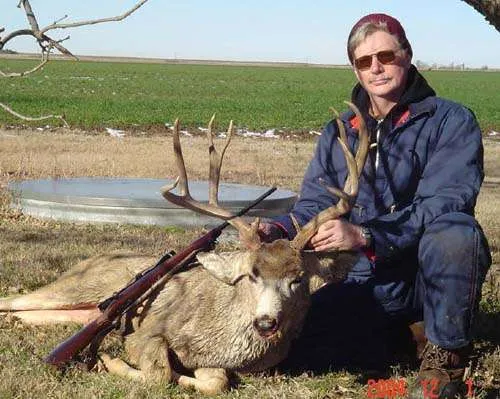‘Kansas town weighs racial
justice as ex-officer faces
charges of abuse’
Now in court, the case unfolds a story of rampant corruption and the consistent raping of Black women two decades ago.
As The Post headline has it, this happened in a “town”.
In our part of America, a place with 155,000 residents is a city. Seen from an overcrowded metropolis, anywhere in Kansas is a “town”. We are a nation of differences in perception.
The Missouri River splits Kansas City in two – the smaller side in Kansas, the other Kansas City (pop. 550,000) in Missouri. The two Cities are central to a seven-county, bi-state metropolitan area of more than two million residents.
In Kansas the metro counties are Wyandotte, Leavenworth , Johnson and Douglas, combined population, 981,500. In Missouri they are Jackson, Clay and Cass, combined population 1.1 million.
Within this metro maze are dozens of cities with police and fire departments, ambulance services, city halls, court houses and school districts. Their boundaries are strictly defined, chiefly for levying taxes and providing services, and they are carefully guarded.
The metro scene for motorists is a chaotic medley of roads and freeways, shifting and exchanging along an urban scatter – industrial buildings, office parks, shopping centers, leafy warrens and rooftops to the horizon.
Motorists rarely know or care when they cross into, say, Olathe from Lenexa or, on the other side, Belton from Grandview. A trip in Johnson County from Edgerton northeast to Prairie Village can cross the jurisdictions of more than half the county’s 21 law enforcement agencies.
*
Within the metroplex, Johnson County (pop. 613,000) seems a microcosm of Kansas. Wealth and dense population lie in the hilly and wooded north and east. In the county’s west and southwest the land flattens, there are fewer people and the places are smaller. There is even a working farm here or there. Gardner (24,000) is to Johnson County as is Hays (pop. 21,000) to Kansas. Spring Hill (8,500) is to the county’s southeast as Parsons (9,479) is to the Kansas southeast.
Out where western Kansas begins, Hays holds a regional medical center, the world-class Sternberg Museum, the region’s utility cooperative, Midwest Energy and a state university, among other magnets. To the southwest, Dodge City and Garden City each with 28,000 residents, and Liberal (20,000) add community colleges and technical training institutions to the mix.
These cities and their regions share an odd symbiosis with their cousins in the Kansas City metroplex. This may seem a stretch, given urban-rural disparities in the price of housing and cost of living. Access to health care, funding for schools, job opportunities, and thin options in grocery shopping are among other differences.
Nonetheless, there are connections. Great wind farms stretch westward from mid-Kansas, making gobs of electric power to stimulate dreams of green living in the cities. The central-west oil fields and gas wells, the western farms and feed lots tell a contrast: producing food and fuel and preserving the land; protecting our air and water while getting from here to there; helping communities to ascend and to offer promise, each in one way or another. Each needing the other, west and east.
*
To be sure, the metroplex is a place apart, but the rest of Kansas is hardly left for itself. It would help if we could manage a serious conversation between these two worlds, how they can relate, how they may understand and compliment – rather than counter, or resent – each other.
We can start with a map.
Some time ago, on checkout at a hotel in Johnson County, the nice woman at the desk asked where we were from, and we replied.
Where is that? she asked.
“It’s south of Salina, about 15 miles. It’s also 15 miles north of McPherson, on Interstate 135. So we’re midway between Salina and McPherson, just off the Interstate.”
“Oh,” she replied, “is that near Joplin?”





